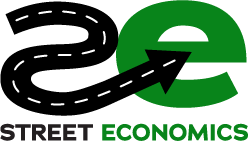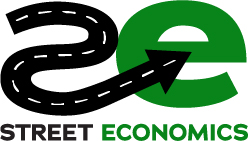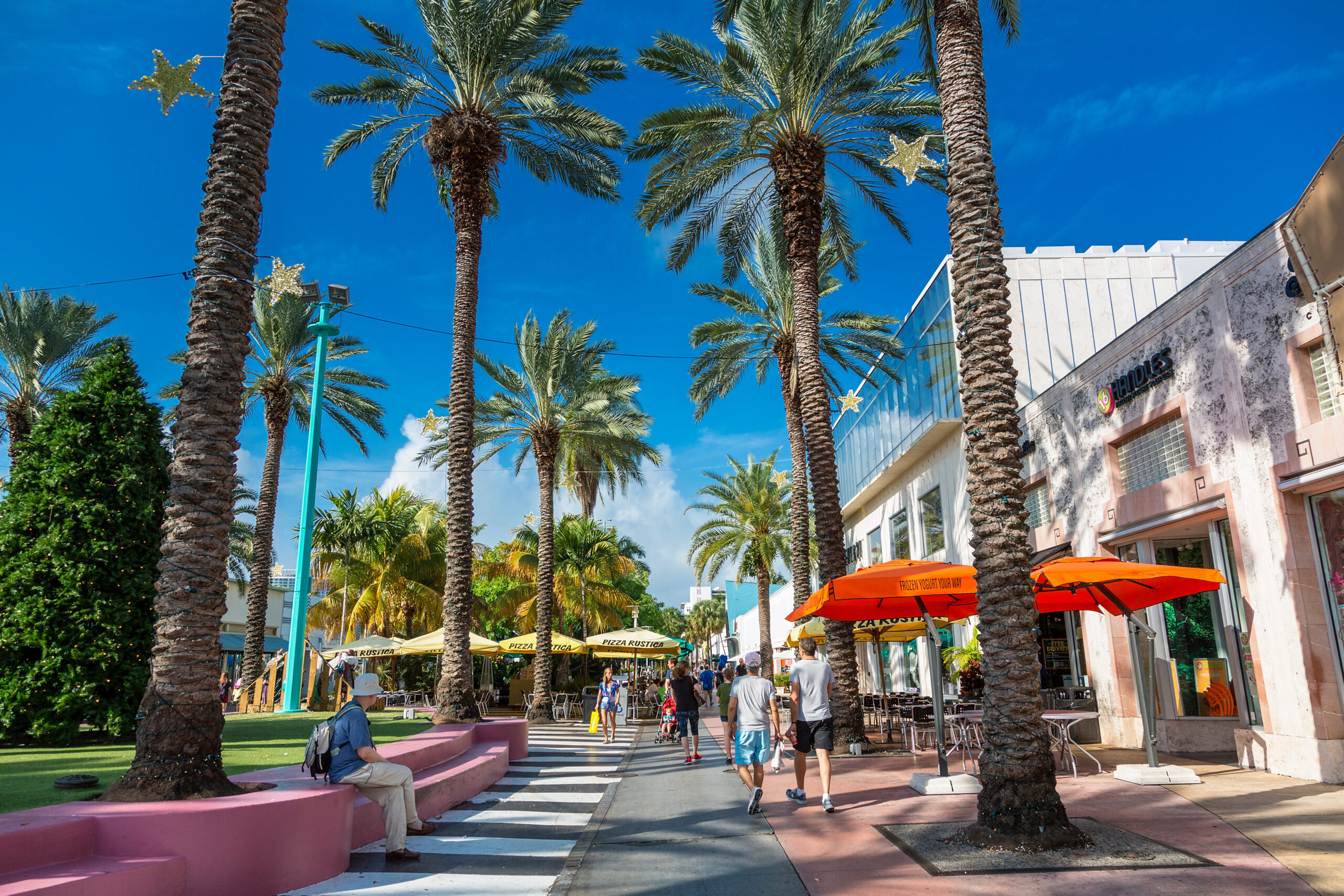Earlier this week, we discussed the limitations of academic models in predicting small business success. While data-driven approaches can be useful, real-world economic development is far more nuanced. Today, let’s bring those insights down to street level, focusing on how Street Economics by BusinessFlare translates broad macroeconomic concepts into actionable strategies for local communities. In Miami Beach, many small businesses face unique challenges that require more than just algorithms—they need solutions rooted in the realities of their local economy.
Small businesses in Miami Beach operate within a dynamic environment, influenced by seasonal tourism, fluctuating foot traffic, and the challenges of high real estate costs. Traditional lending models often fail to account for these variables, leaving many entrepreneurs struggling to access the resources they need to grow and thrive.
For example, while an academic, credit, or banking algorithm might identify a business as high-risk due to an issue such as cash flow during off-peak seasons, the reality is that many Miami Beach businesses rely on predictable tourist influxes during certain months to stay afloat. A purely data-driven approach can misread these patterns, misunderstand the reality of the business and its potential, and ultimately limit access to capital for businesses that are perfectly viable with the right support.
With Street Economics, we work with local governments and organizations to provide tailored insights that go beyond raw data. We analyze local factors—like foot traffic trends, real estate fluctuations, and even seasonal consumer behavior—providing insights that allow cities to implement actions that are more aligned with their local businesses’ actual needs.
For example:
- Foot Traffic Data: Using real-world data on pedestrian movement, we can identify the most heavily trafficked commercial areas. This information helps local governments ensure that small business loans are targeted to businesses in high-demand zones, which increases their chances of success.
- Real Estate Insights: Miami Beach’s commercial real estate market is unique, with high demand and limited space driving up costs. By analyzing real estate data specific to a city, we can help that city’s local officials identify actions that may help address affordability and encourage business growth in key areas.
- Seasonal Adjustments: Small businesses here operate on a seasonal cycle, with peaks during tourist-heavy months. Street Economics recognizes this and provides insights that may help businesses better plan for off-peak periods without being penalized by traditional risk assessments.
This is the essence of Street Economics—applying macroeconomic concepts in ways that matter at the local level, where you have to get your hands dirty to succeed in economic development. Miami Beach, like many other cities, needs more than abstract data and academic models. It needs practical, tailored solutions that reflect the lived experience of its businesses and residents.
As we continue to support cities and local governments, we invite you to explore how Street Economics can provide the real-time insights and actionable data necessary for building resilient, thriving local economies. Let’s move beyond theory and focus on the streets—where real economic development happens.
The revitalization of South Beach and Miami Beach’s economic evolution is was the inspiration that created the BusinessFlare Approach in 2012. The City of Miami Beach is not a client of BusinessFlare or Street Economics.




Comments are closed